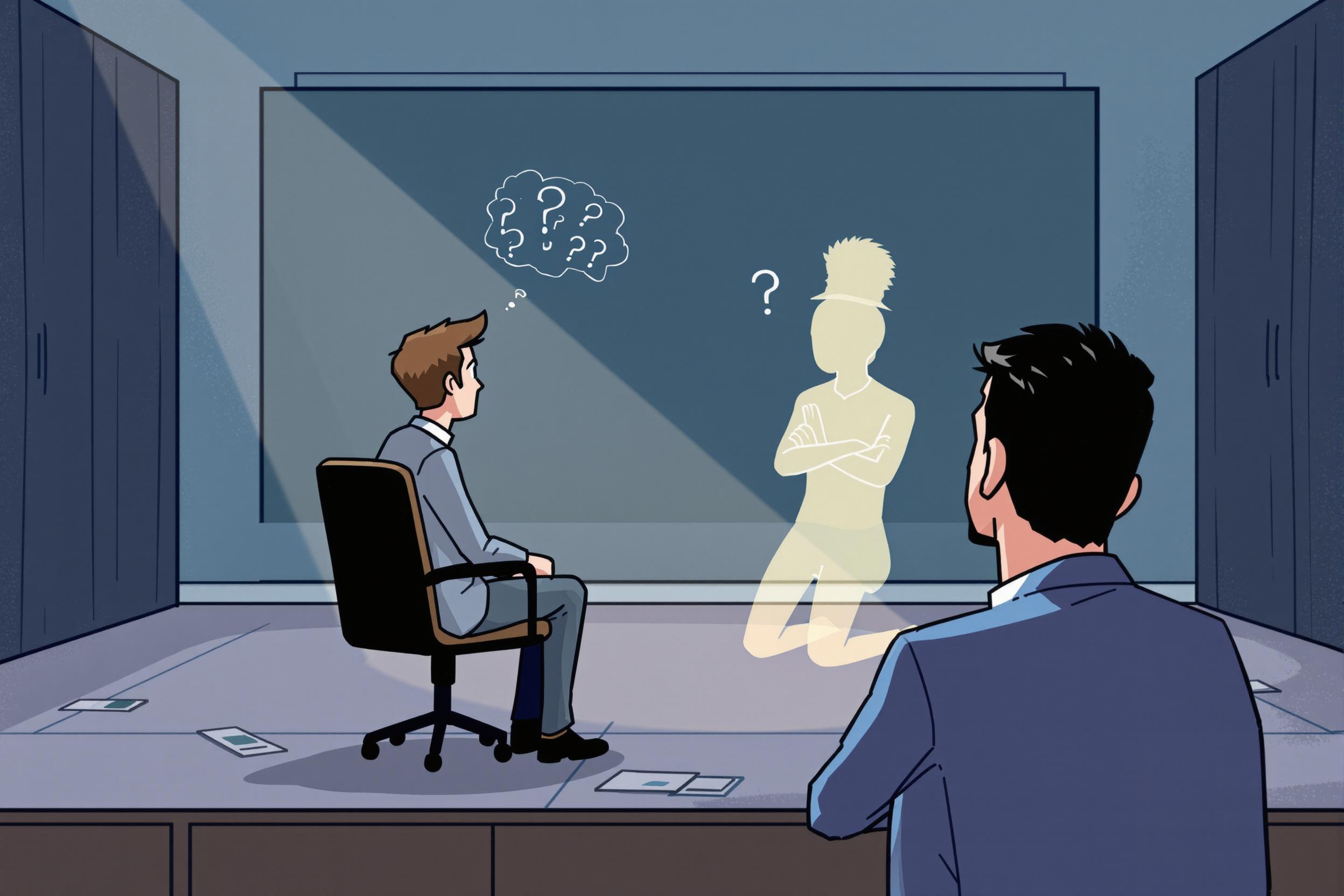
Blocking
Blocking is the way actors and performers are positioned and move around on stage during a performance. Think of it like a detailed movement map that shows where everyone should be at each moment of the show. Directors use blocking to make sure the audience can see everything clearly, to create visual interest, and to help tell the story effectively. This includes deciding where actors stand, how they move between different areas of the stage, and how they interact with props and other performers. When someone mentions blocking in theater, they're talking about this essential planning of stage movement and positioning.
Examples in Resumes
Created and documented Blocking arrangements for a cast of 30 performers in a musical production
Assisted director with Stage Blocking during six weeks of rehearsals
Maintained detailed Movement Blocking notes as stage manager for three major productions
Typical job title: "Stage Directors"
Also try searching for:
Where to Find Stage Directors
Professional Organizations
Job Boards
Online Communities
Example Interview Questions
Senior Level Questions
Q: How do you approach blocking a scene with multiple actors in a small stage space?
Expected Answer: An experienced director should discuss creating levels, using diagonals, ensuring sight lines for the audience, and managing traffic patterns to prevent crowding while maintaining the scene's dramatic impact.
Q: How do you handle blocking adjustments when working with understudies?
Expected Answer: Should explain systems for documenting blocking, training understudies, making quick adjustments while maintaining the production's integrity, and ensuring smooth transitions between different cast combinations.
Mid Level Questions
Q: What methods do you use to document blocking during rehearsals?
Expected Answer: Should describe specific notation systems, use of rehearsal photos or videos, maintaining blocking books, and how they communicate changes to the production team.
Q: How do you balance artistic vision with practical stage safety in your blocking?
Expected Answer: Should discuss consideration of stage hazards, actor comfort, quick changes, and maintaining dramatic effect while ensuring everyone's safety.
Junior Level Questions
Q: What are the basic stage directions and areas you use in blocking?
Expected Answer: Should be able to explain basic stage directions (upstage, downstage, stage right, stage left, center stage) and how to communicate them to actors.
Q: How do you note blocking changes during rehearsals?
Expected Answer: Should demonstrate understanding of basic blocking notation, rehearsal etiquette, and the importance of clear communication with actors and stage management.
Experience Level Indicators
Junior (0-2 years)
- Basic stage direction terminology
- Understanding of stage areas
- Basic blocking notation
- Following blocking instructions
Mid (2-5 years)
- Creating basic blocking plans
- Working with actors on movement
- Managing rehearsal schedules
- Documenting blocking changes
Senior (5+ years)
- Complex movement coordination
- Large cast management
- Creative problem-solving
- Teaching and mentoring others
Red Flags to Watch For
- Unable to use basic stage direction terminology
- No experience with live performances
- Lack of collaboration skills
- Poor communication with performers
- No understanding of sight lines and audience perspective
Related Terms
Need more hiring wisdom? Check these out...

Unlocking Talent Offline: Innovative Strategies for Recruiting in Low-Internet Areas

Silencing the Noise: How No-Meeting Days Supercharge Recruiter Productivity

Resume Optimizations that Candidates Do to Get Past AI Hiring Filters

